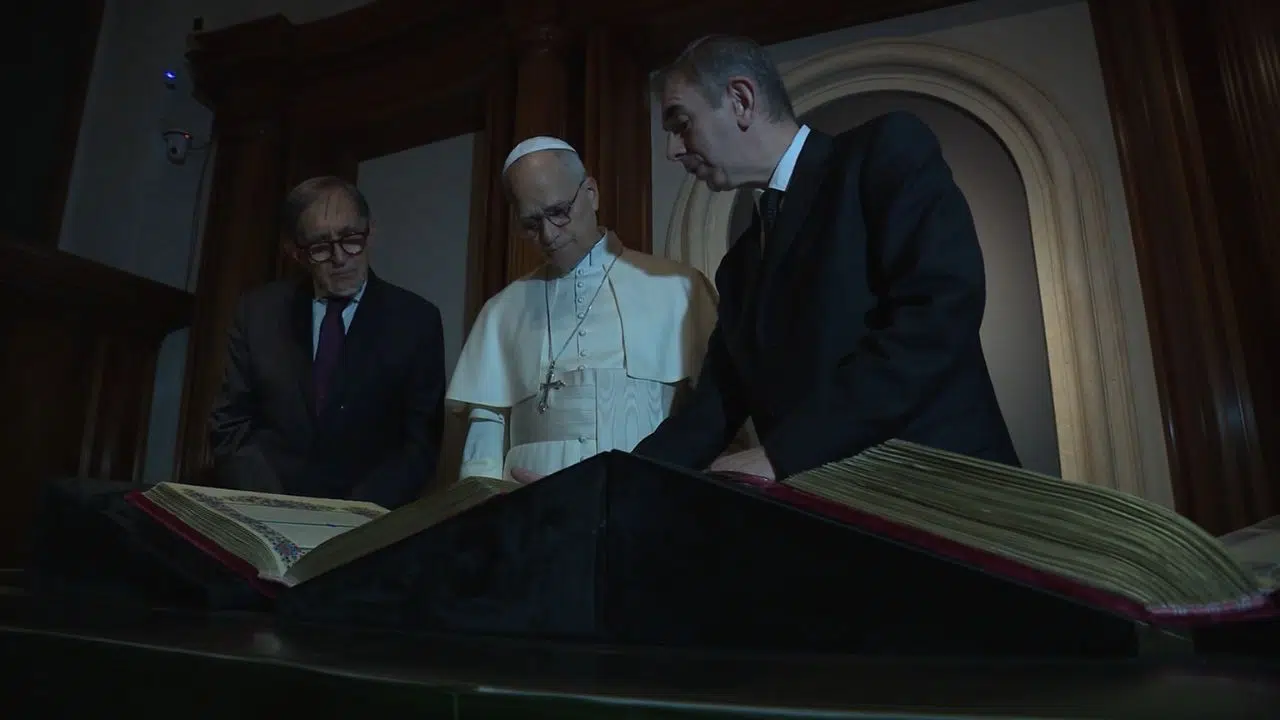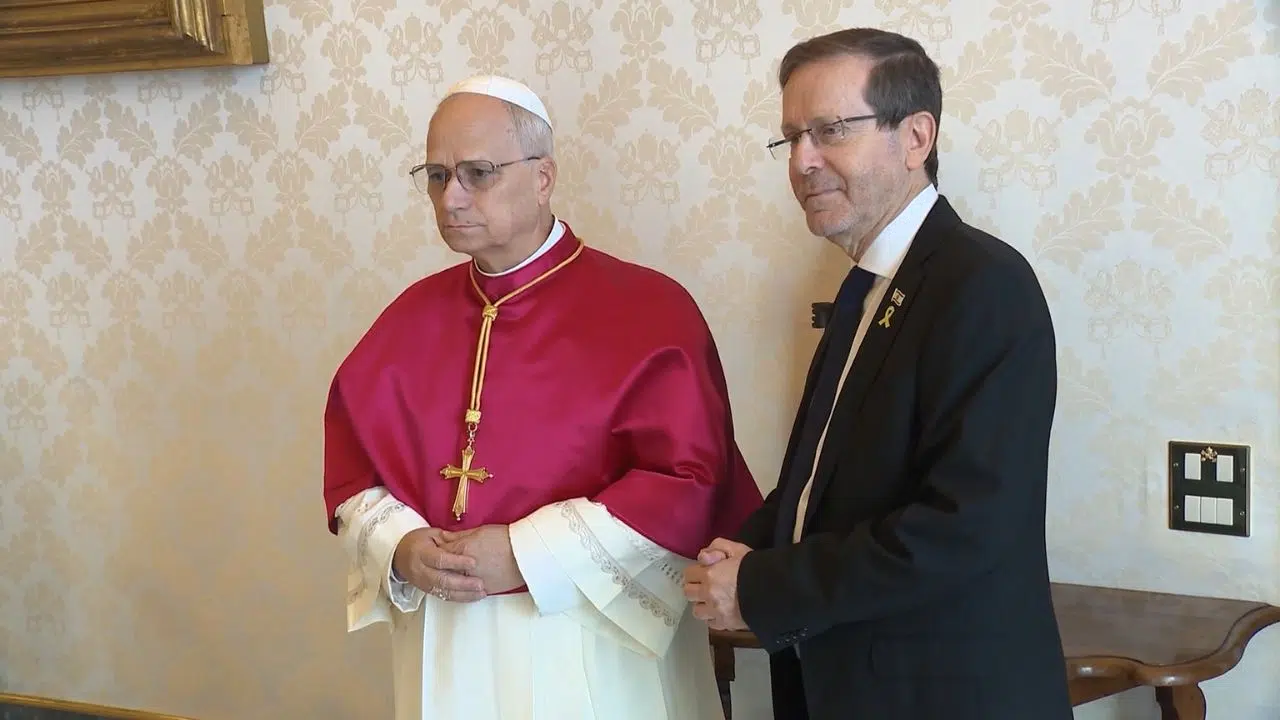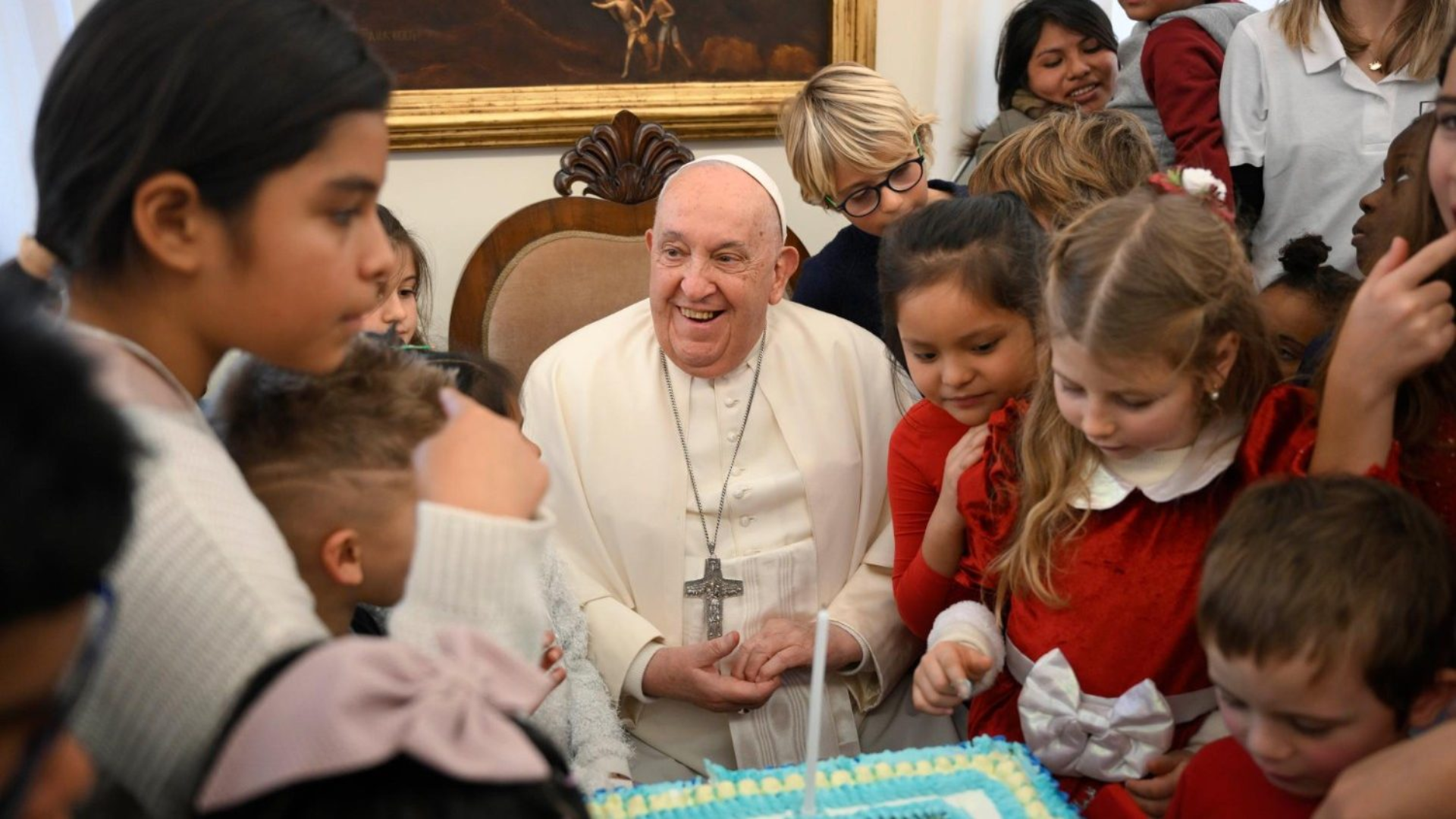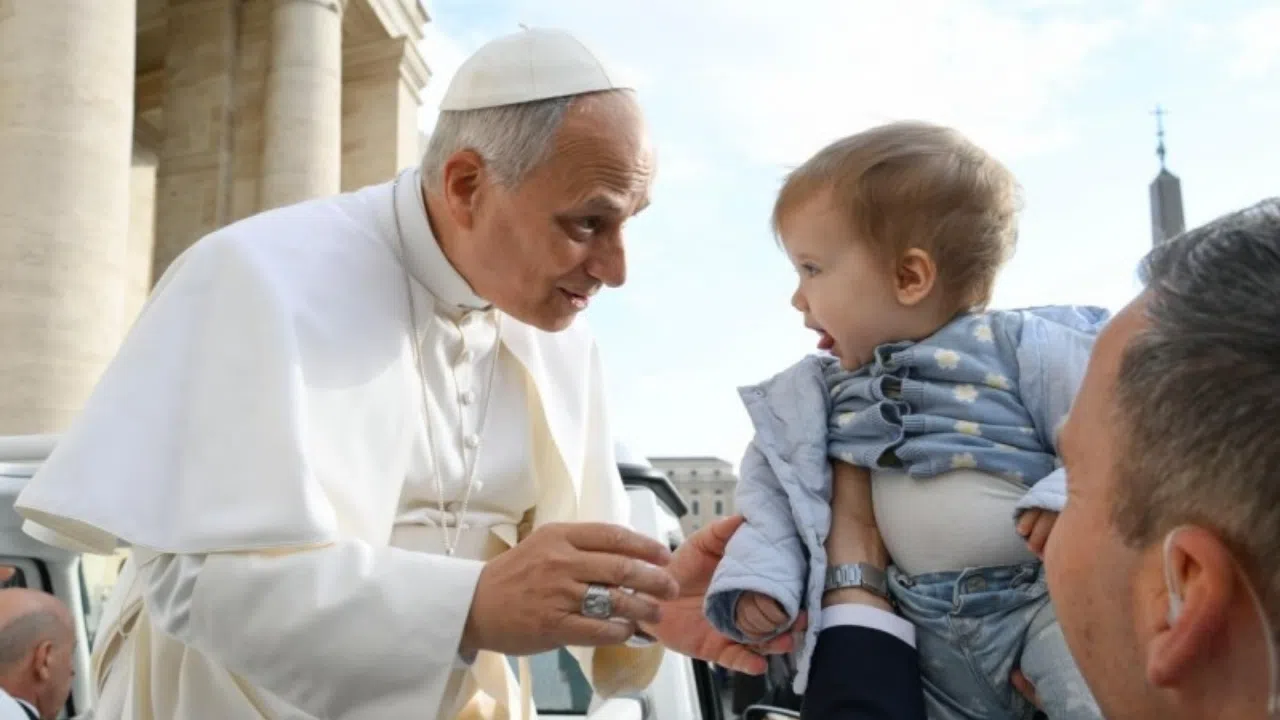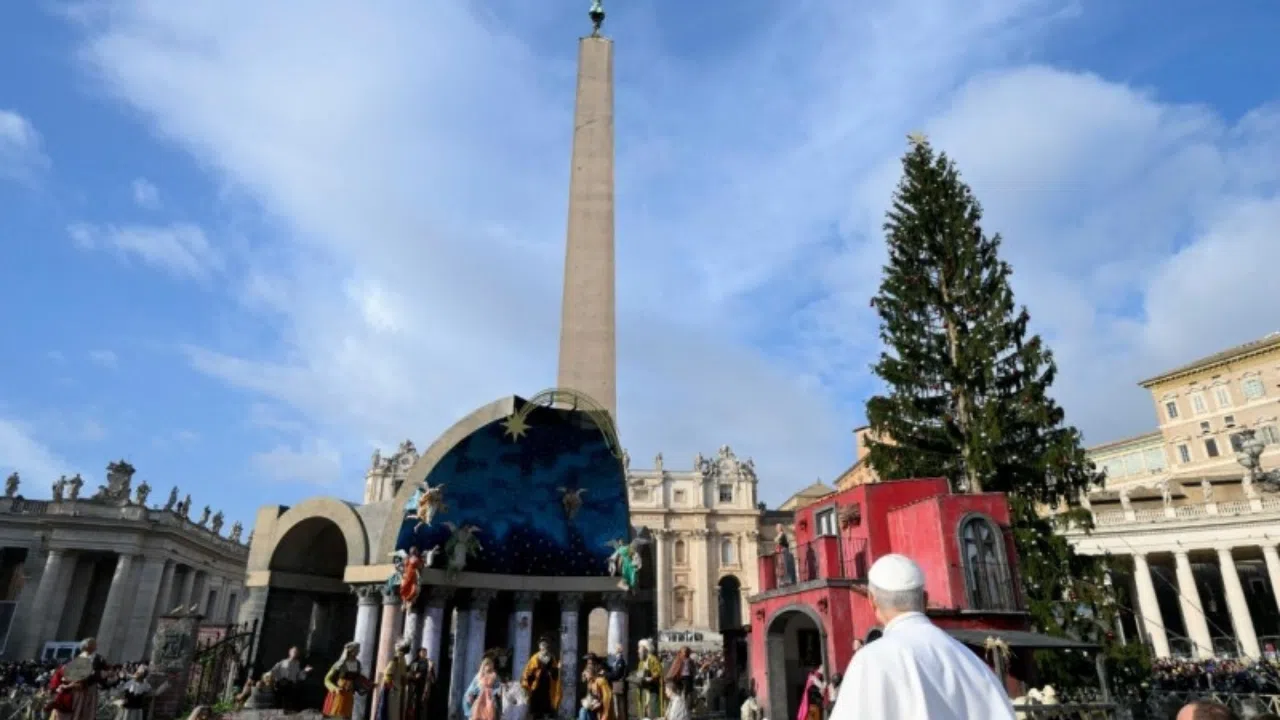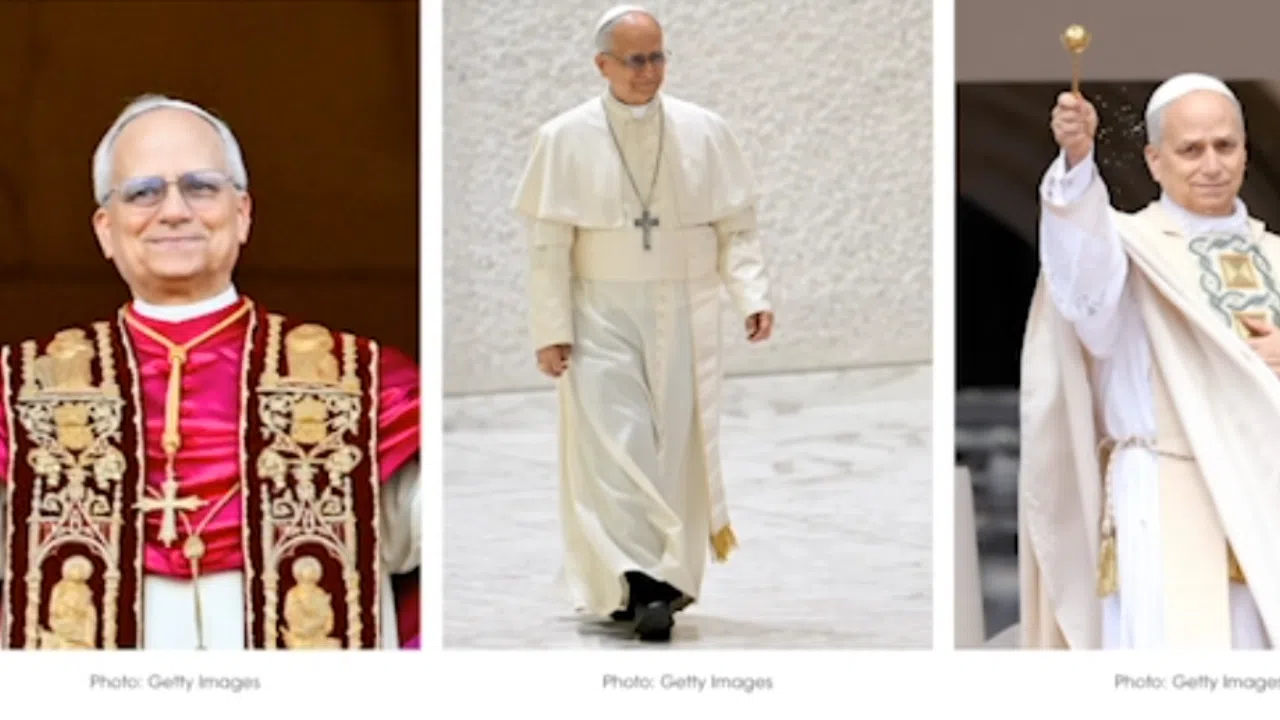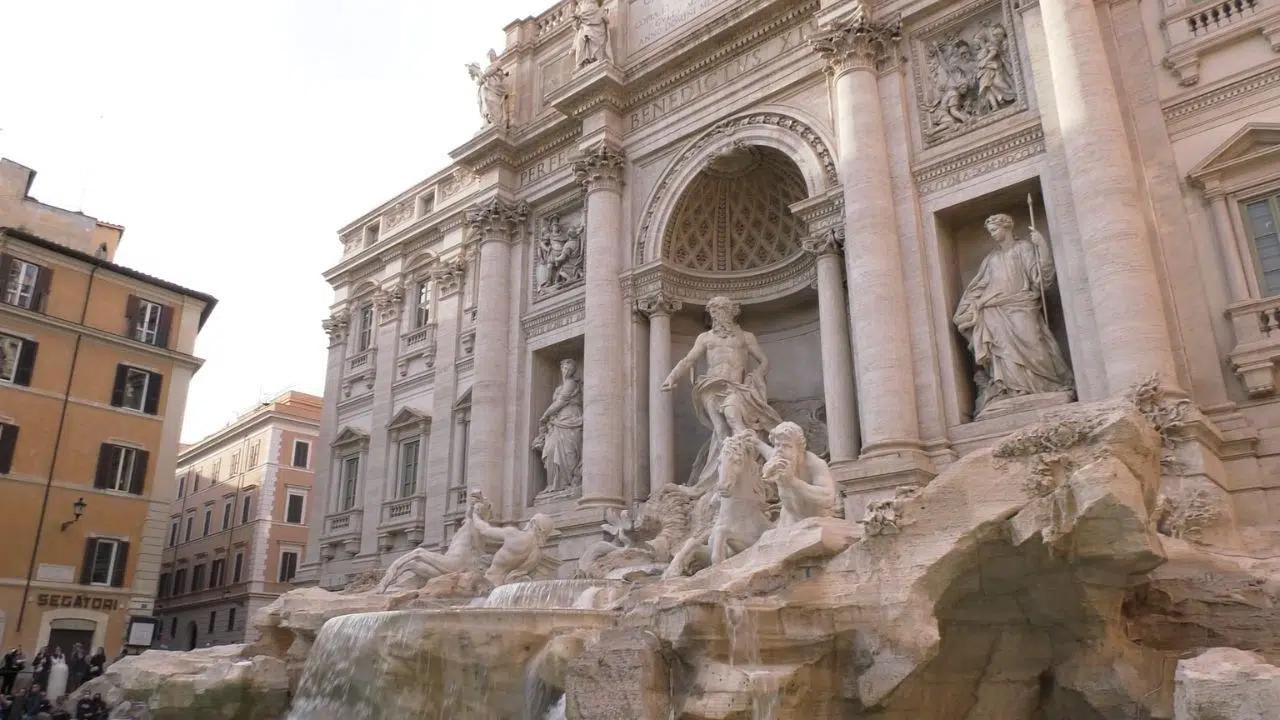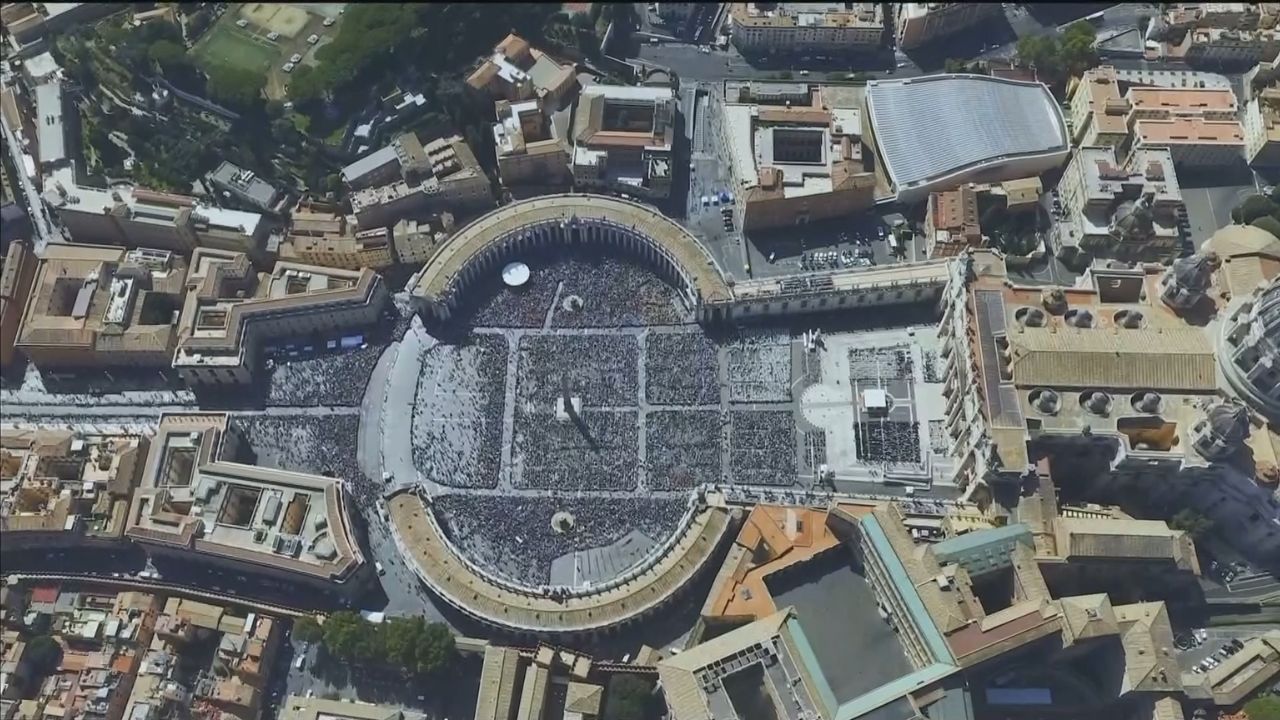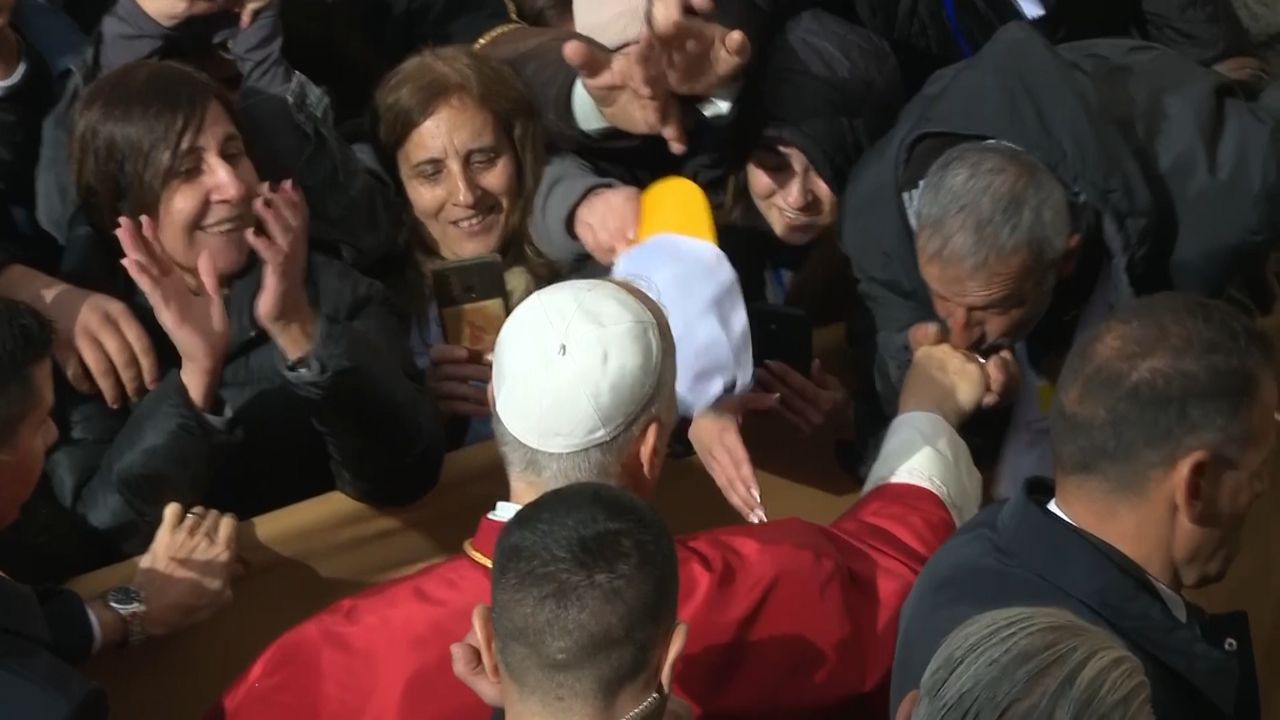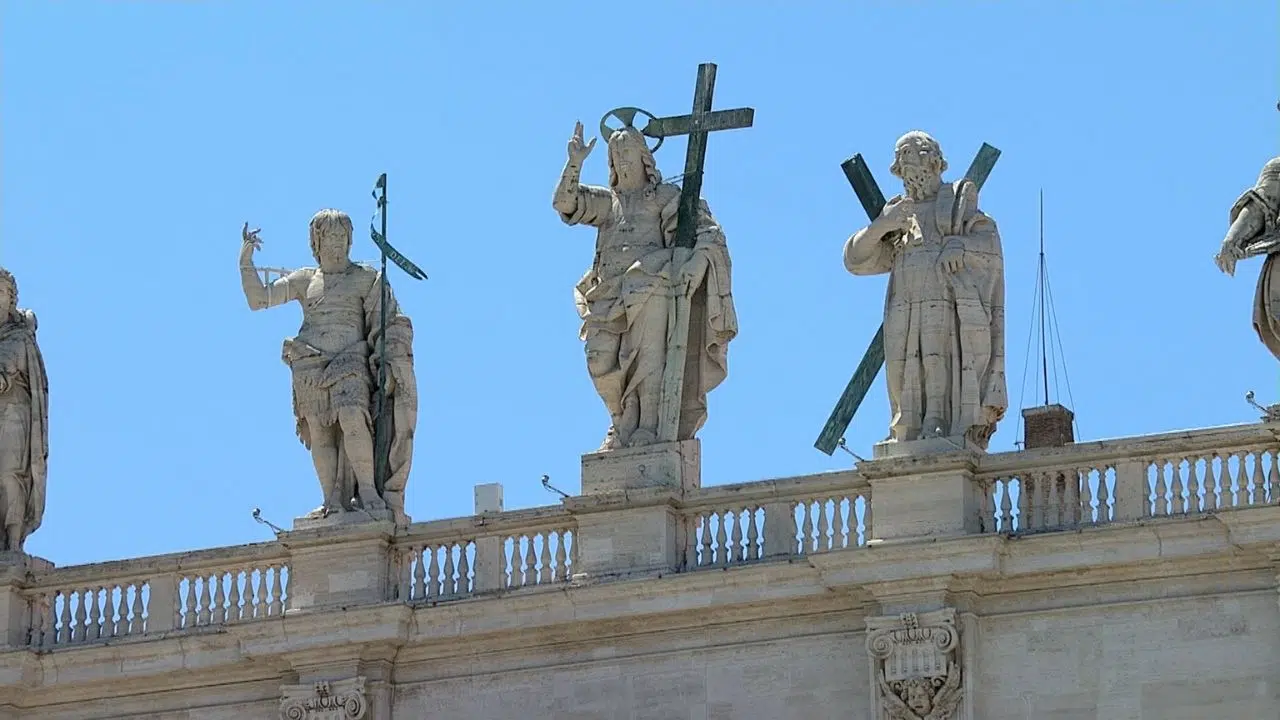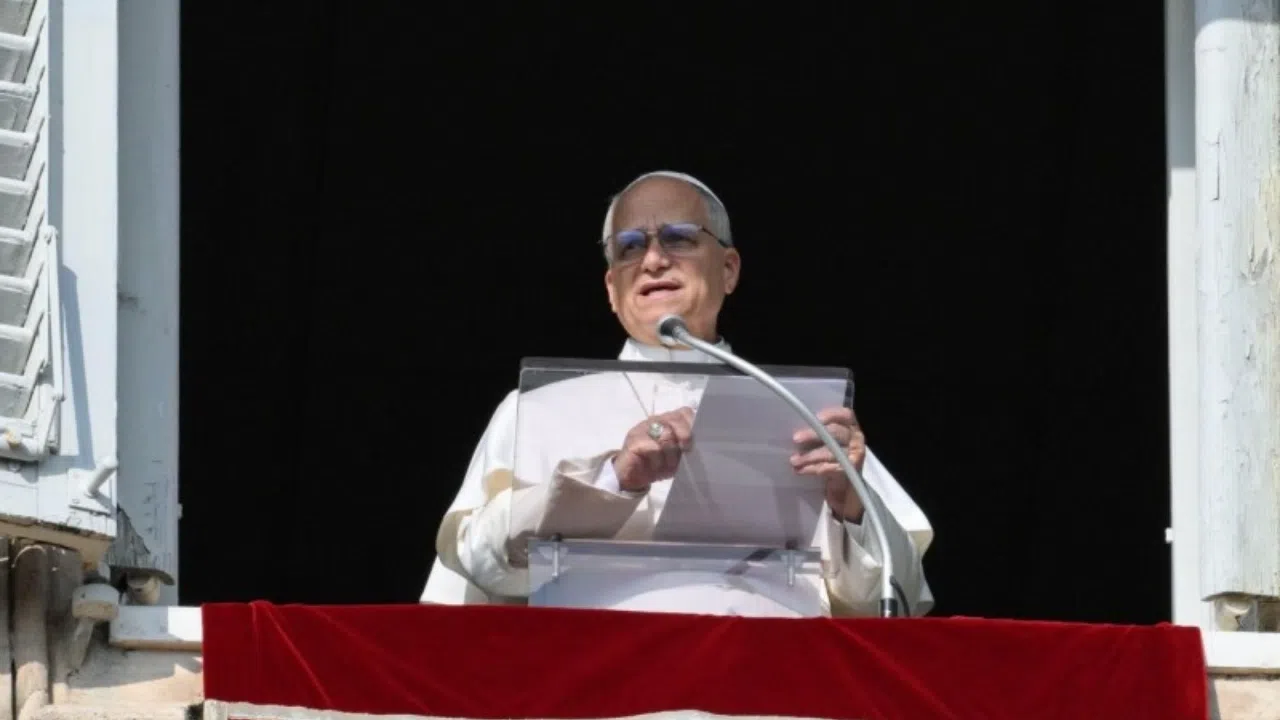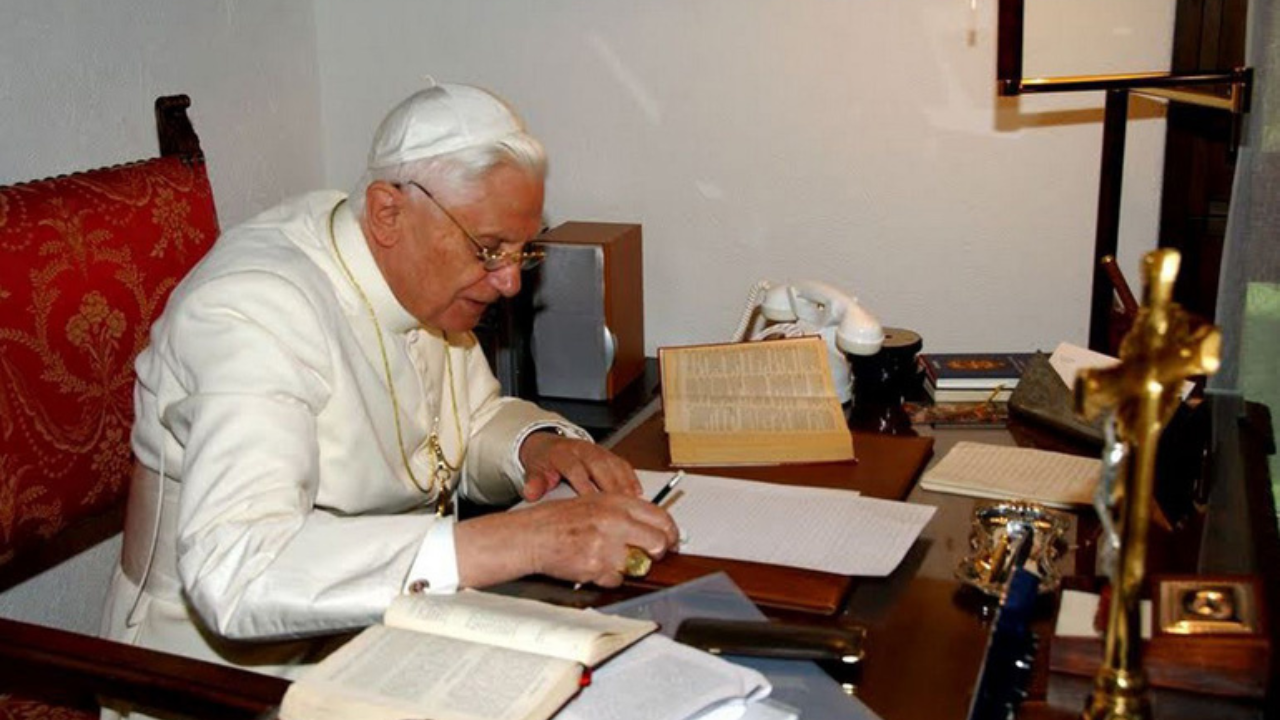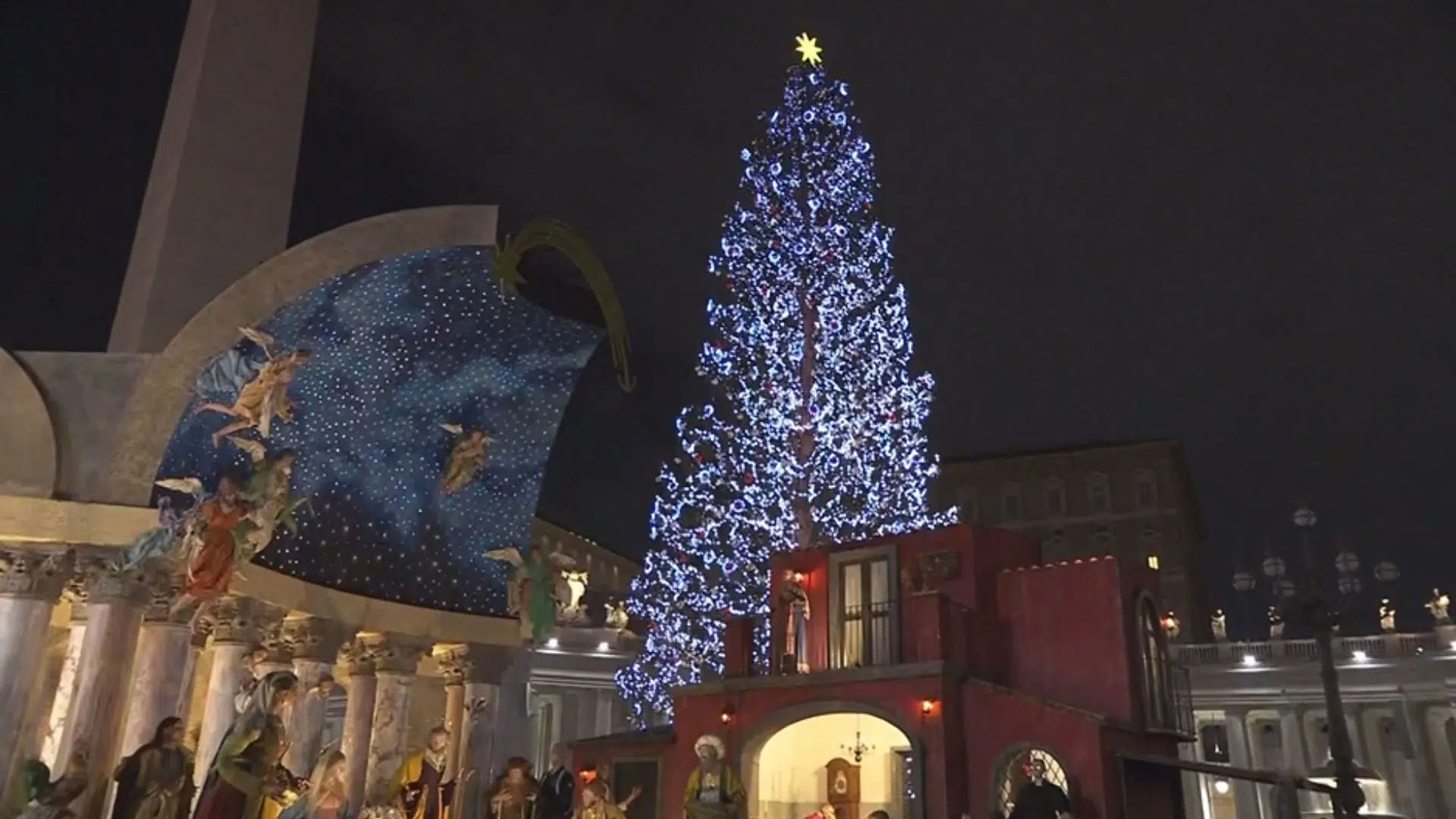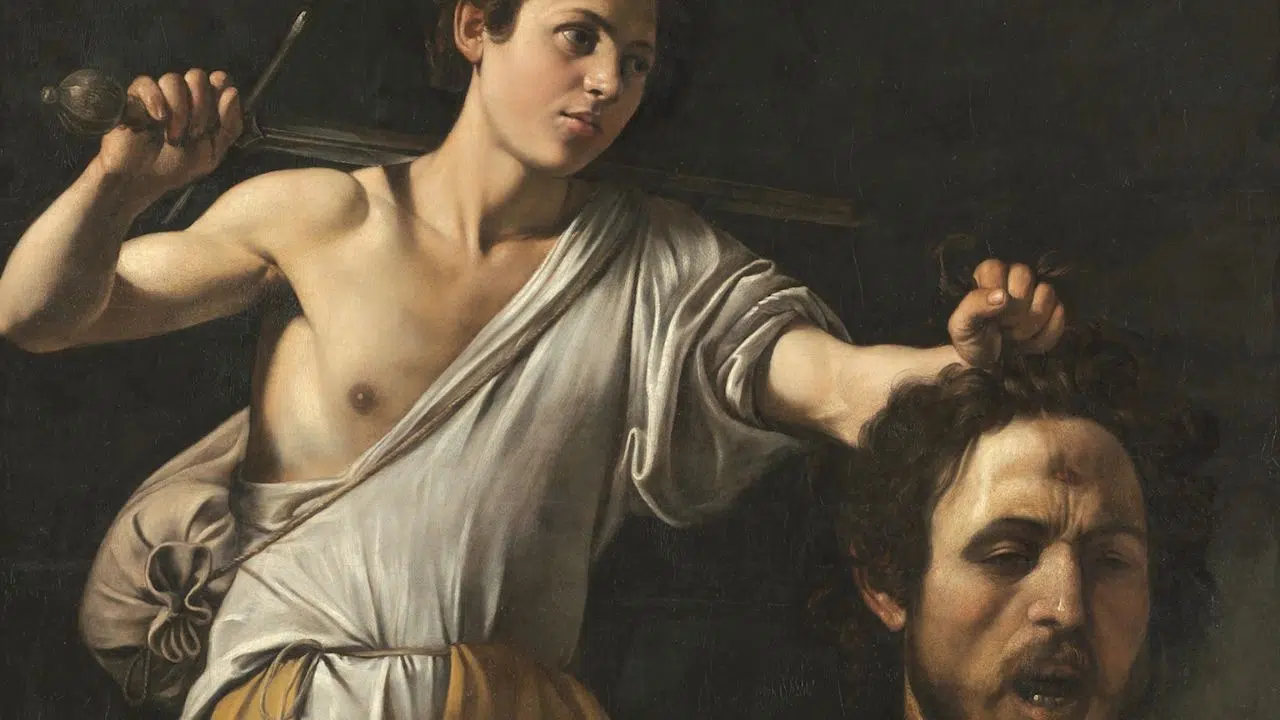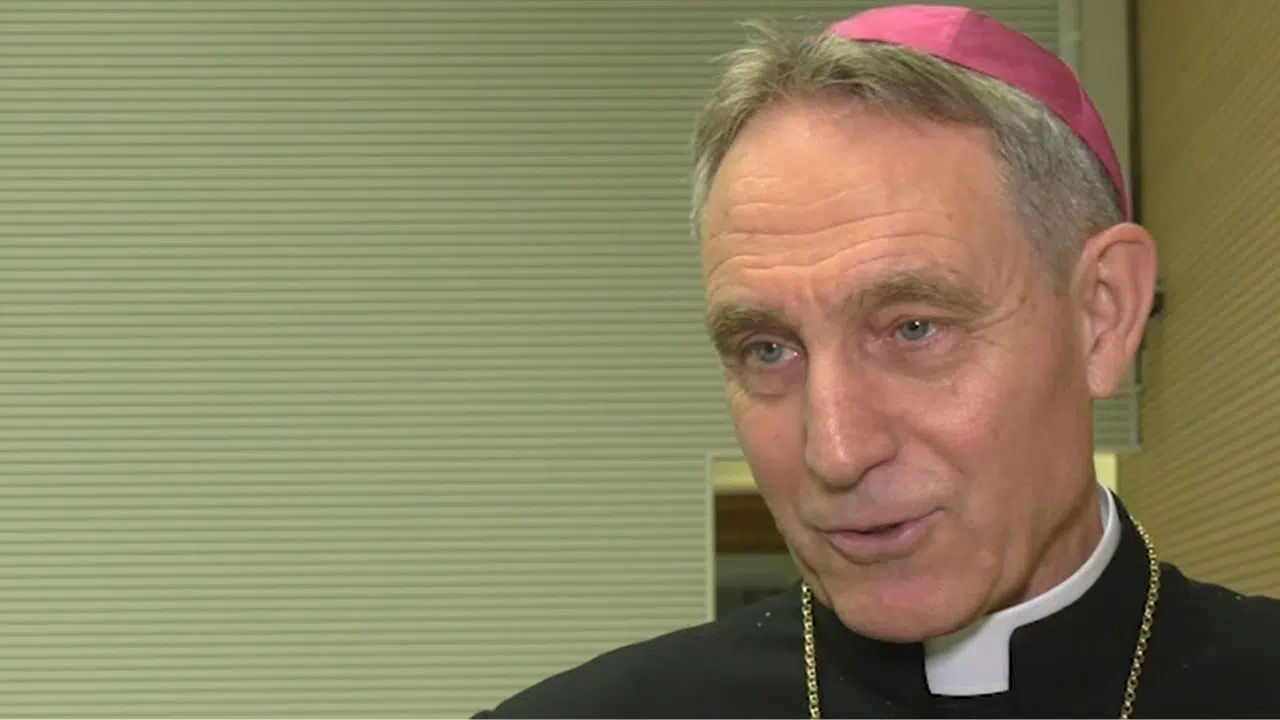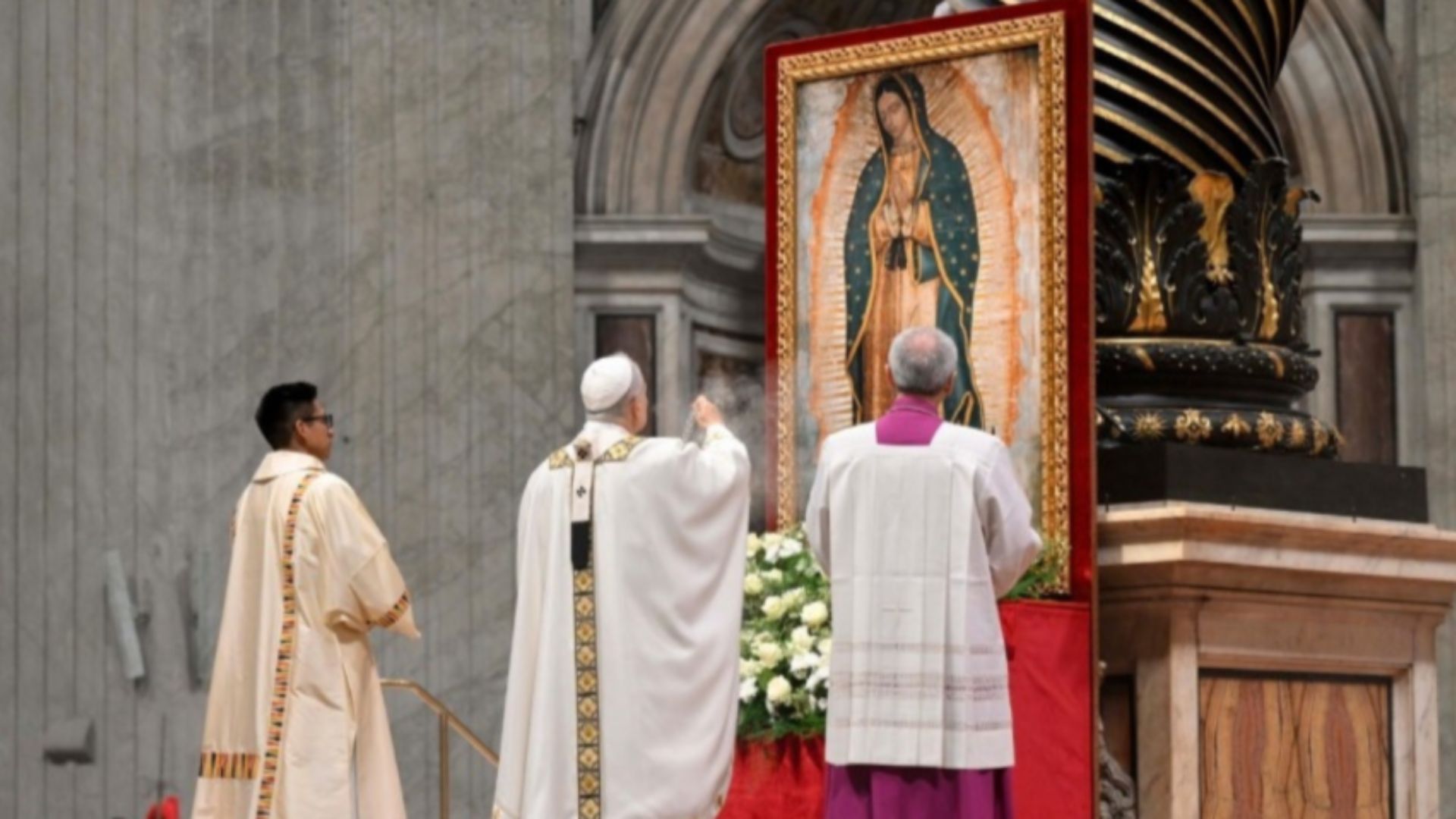The Pope is the Bishop of Rome. And as such, he was originally chosen by acclamation from the people and clergy of the diocese. Before the 11th century, the role of the cardinals was much more limited than it is today.
FILIPPO FORLANI
Historian, Pontifical University of the Holy Cross
They already appear around the 5th century, but they did not have the role they have today. They were priests or deacons from the Roman clergy who assisted the pontiff in liturgical celebrations. That is, they stood beside him during the Eucharistic celebration and had, let’s say, an advisory role. But they did not have a role in governance.
Everything changed with the arrival of Pope Leo IX. It was the year 1049, and he made an unprecedented decision: to universalize his circle of collaborators by bringing in the most capable individuals from different parts of the world—whether they were bishops, priests, deacons, or religious.
However, there was a legal issue: they did not belong to the clergy of Rome. To resolve this, Pope Leo IX granted them either a deaconry, a church, or a diocese dependent on the Eternal City. This grant was made through a cardinal title. From that moment on, the role of the cardinal was strengthened to that of a counselor rather than a liturgical assistant.
FILIPPO FORLANI
Historian, Pontifical University of the Holy Cross
The Pope realized that he needs people at his side who are highly capable, very skilled—how could we put it? The crème de la crème, the spiritual and cultural elite of the time. And so he calls upon Umberto of Silva Candida, the greatest canon lawyer of the era. He calls upon Saint Peter Damian, and Frederick of Lorraine—major figures of that period.
Over time, and with the expansion of the Church, bishops from all five continents began to be included among the cardinals. Through their cardinal title, they too were incorporated into the clergy of the Eternal City.
JRB
Trans. CRT
